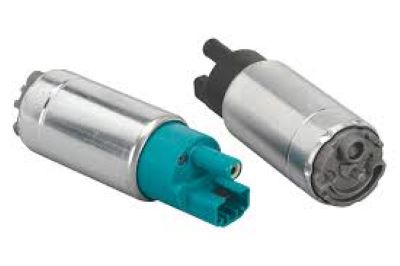Countermeasures for fuel pump relay failureIn case the malfunction of the control unit which actuates signals to power system and controllers and thus leading to improper functioning in key areas like emissions, fuel consumption etc. In such a situation immediate repair action nessary ( check with your car service maintenance schedule). The following could be reasons : Relay – this being the first level issue related alarm activated by engine monitoring sensors, either directly or indirectly while recognizing unusual values based on set standards are broken. Relays are important devices to enable the fuel pump which must be sufficient pressure is demanded for a performance engine with an electrical or low-voltage signal. A normal fuel pump works in the 40-60 psi pressure area depending on how your vehicle was designed, any relay failure can supply less-than optimal pressure and will result in engine stalling or no start.
Overheating is one of the regular reasons that relays stop functioning. The relay is typically installed in the engine compartment, where temperatures can exceed 200°F (93°C). Over time, high heat can cause the internal parts in the relay to either deteriorate or weld together — especially on higher-mileage vehicles. To avoid problems caused by heat damage, it is generally recommended to replace the relay every 100K miles. Not maintaining a relay failing fuel delivery, poor mileage and eventually destroy the pump.

Relays are a type of electrical part, and anything you can expect to lead relays towards failure like worn out wiring or corroded connectors will do the same. Poor connections add RESISTANCE to the electricity This means higher resistance for signal current will make relay work harder and generate additional heat. This heat eventually leads to premature wear. As a practice, mechanics check the wiring connections during fuel system maintenance to prevent loose or corroded connections that can extend relay life by 15-20%.
A poor contact area of a pilot relay or an old / broken fuel pump may also cause the aforementioned problem. The relay may have been designed to work with a 1 HP pump, and as the pump started failing it was drawing more current (I) than what the factory had in mind at design time. A Fuel Pump will usually be using 6-10 amps, while if it is bad it might easily use over 15 or more which can easily burn out the relay. Checking the fuel pump within specification also reduces your chances of relay burn out.
A faulty relay will cause the engine to stall and exhibit rough starts or intermittent power loss. The sooner we can address these, the less likely they are going to turn into bigger and more expensive problems. To get the best recommended replacement choices and advice, visit Fuel Pump.